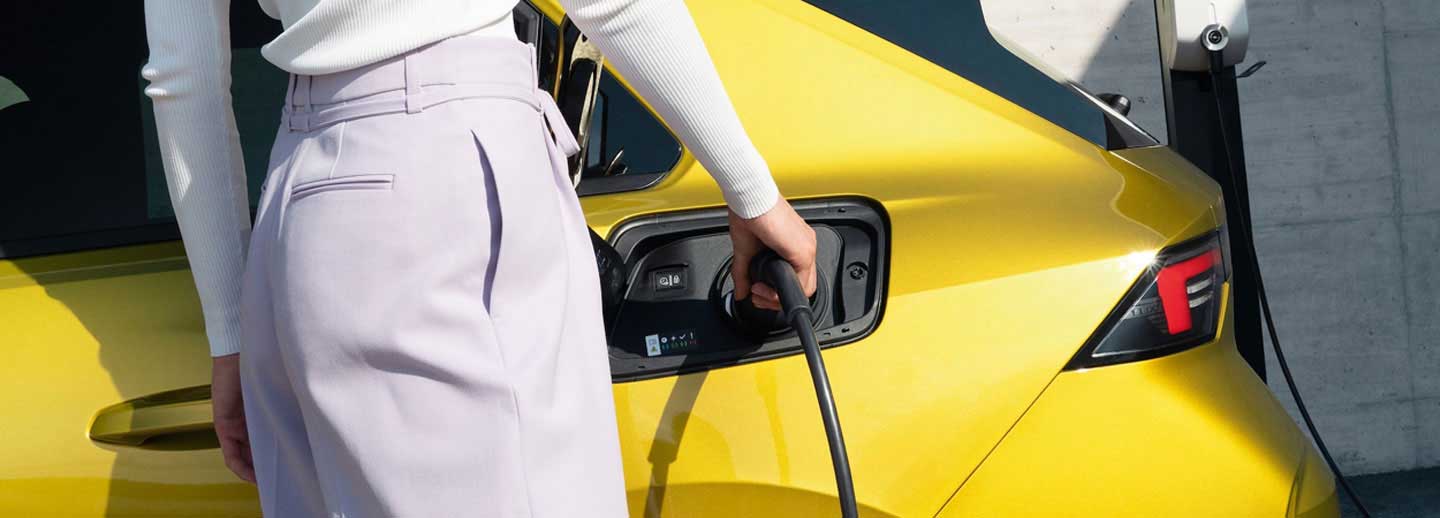Are electric cars less maintenance than traditional petrol and diesel engines?
Contemporary designs and a range of futuristic new tech make electric vehicles (EV) seem pretty high maintenance, but this really isn’t the case. Although an electric car may seem complicated, the maintenance cost to keep them running is much less than you’d think.
Research conducted by the automotive data experts, KeeResources, revealed that an electric car is on average at least 30% less to service and maintain over the course of its driving life.
This is down to a number of reasons, including:
Fewer moving parts
Electric cars have fewer moving parts than a conventional vehicle. Making an internal combustion engine (ICE) work, with all its different pistons and complex machinery, means that there is a lot to go wrong. With fewer moving parts running off the core battery, there is less of a chance that something will go wrong.
This also extends to any subsequent effects on other parts. With fewer moving parts, there is a less likely chance of a chain reaction of parts breaking down.
Regenerative braking
Regenerative braking is a process that utilises the car’s electric motor to slow the vehicle down. This helps braking become more efficient in an EV, because the energy generated through the braking process goes back into the system.
Alongside this, it is also a much cleaner braking method that puts a lot less pressure on the brake disks and pads. Over time, this will result in fewer disk and pad changes, when compared to a vehicle using a traditional braking system.
A cleaner mechanism
Your everyday car’s ICE burns petroleum or diesel, fossil fuels derived from oil, to create the energy that powers the vehicle’s different mechanisms. This is a process which can lead to a build of soot and debris in and around engine parts.
Those who drive diesel engines may be familiar with a Diesel Particulate Filter. Over time, and especially when driving at low speeds and high revs, this can become blocked and damaged by the debris created by the ICE process.
Electric Vehicles are free from the burning of fossil fuels, so they suffer little in the way of debris build up over time. This will help save you money on potentially expensive repairs down the line.
However, this does not mean that the mechanism cannot be affected by debris build up. All cars, which spend a long enough time on the road, will collect debris from external sources.
What parts to consider in electric car maintenance
Electric cars are not free from maintenance; there are things you will need to keep your eye on:
Tyres and brakes
Just as you would with a regular vehicle, you will need to take care of your vehicle's tyres and brakes.
Over time, EVs will still be subject to the same wear, tear and pressure issues that affect a conventional vehicle’s tyres and brakes.
A correctly inflated tyre not only improves the safety of your drive, it also makes it more economical. By keeping an eye on your tyres, keeping them inflated, and replacing them when necessary, you can reduce your overall running costs.
As we have previously touched upon, less stress is placed on an EV’s braking system because of regenerative braking. However, over time and through repeated use, these will still need to be regularly checked.
Windscreens, wipers and washer fluid
For a safe drive, a clean and clear windscreen is essential. This means that an electric vehicle owner will need to care for their wipers, washer fluid and windscreen in the same way, as any other driver should.
The best way to look after your windscreen is to keep your wipers regularly maintained. Our top tips for window wiper care include:
• Replacing your blades often.
• Cleaning the wipers regularly.
• Repositioning the blades when winter comes.
• Fully defrosting ice off the window wipers before using them.
• Always make sure your washer fluid is topped up.
Wear and tear
Electric vehicles are still machines and, like all regularly used machines, they will eventually succumb to some form of wear and tear.
With repeated use, your EV can end up accumulating small, but not insignificant, scratches and dents. For this, it is worth looking into taking out Cosmetic Repair Cover to ensure that these do not end up as additional costs.
As a driver, you will not only have to face scratches and dents. Over time, it is possible that one of the parts in your EV may go wrong. Although it will not catch all faults before they happen, you can avoid being caught unaware of potential issues by taking your car in for regular servicing.
Battery
The battery on your electric vehicle will not last forever and may need to be replaced over time. With regular servicing, you will be able to keep a close eye on your battery life. Just ask your technician when you next take your car in.
Battery and electric vehicle technology is moving forward at a rapid pace, meaning that most batteries will allow for long usage, meaning it will not need to be replaced often.

